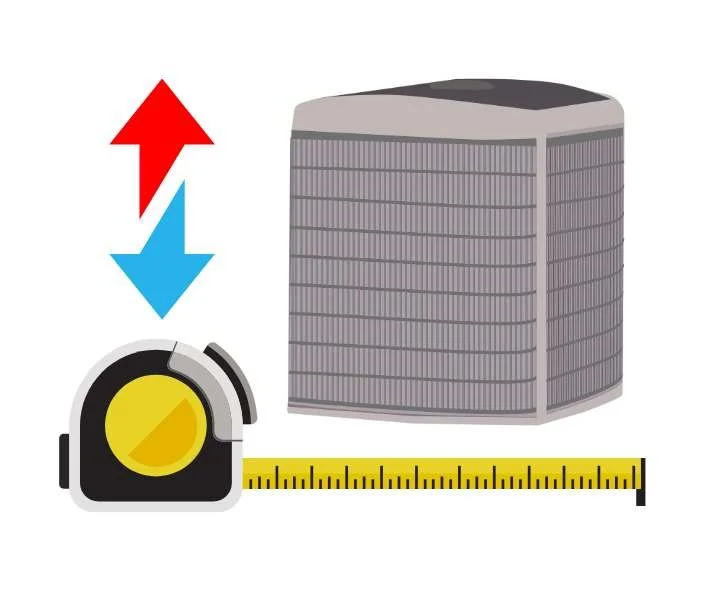Why HVAC Size Isn’t One-Size-Fits-All
When shopping for a new HVAC system, there is a lot to consider—from selecting the right unit to understanding the installation process. It can feel overwhelming, especially when technical terms like system sizing enter the conversation. However, this aspect of HVAC installation is one of the most important for your long-term comfort, system efficiency, and energy savings.
The easiest way to ensure your system is installed correctly is to hire a certified and experienced HVAC team with a proven track record of success. While a lower upfront cost might seem appealing, working with an unqualified installer can lead to costly issues later—particularly if your system ends up being too small or too large for your space.
The Problem with the Wrong Size
Undersized systems run continuously trying to meet demand, which leads to higher energy bills, excess wear and tear, and inconsistent comfort.
Oversized systems may seem more powerful, but they cycle on and off too frequently, resulting in uneven heating or cooling and poor humidity control.
Skipping a professional evaluation may save you time initially, but it often leads to unnecessary expenses and frustration in the long run.
What a Professional HVAC Assessment Includes
A reputable HVAC company will perform a thorough load calculation that takes into account much more than just square footage.
Expect them to evaluate:
Local weather patterns
Number and direction of windows
Quality of insulation
Ceiling height
Building materials (walls, floors, ceilings)
Number of occupants
Heat-generating appliances and electronics
The Benefits of Proper Sizing
A correctly sized HVAC system provides:
Consistent, stable temperatures
Improved indoor air quality and humidity control
Lower monthly energy costs
Longer system lifespan and fewer repairs
If you have any questions or concerns, feel free to contact us.
Whether you need 24/7 emergency service or a solution to improve your indoor comfort—at home and work—call us at 781-224-2400 or submit a convenient contact form.

